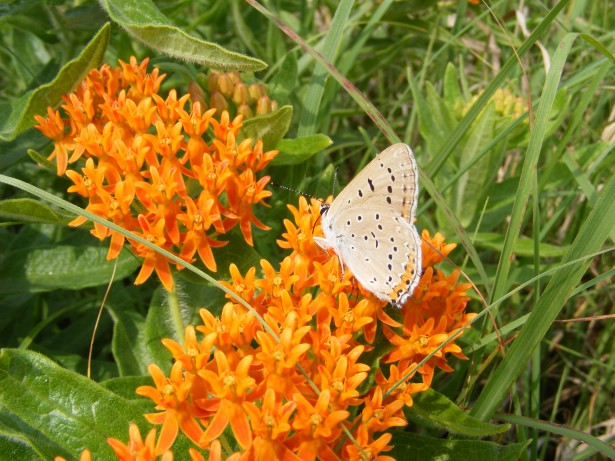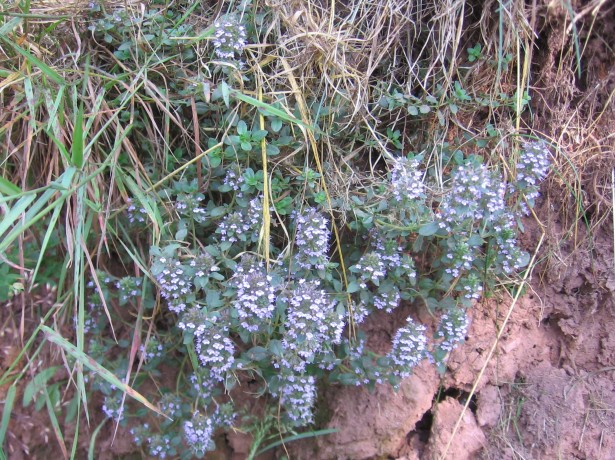An insatiable predator, the familiar lady bug is one of the gardeners best friends. In it’s relatively short lifetime, a single lady bug can devour up to 5,000 aphids. Throughout their life cycles the over 400 species of lady bugs here in the United States also voraciously consume whiteflies, scale insects and mealybugs. Lady bugs, which are actually beetles, go through what is known as complete metamorphosis, or a transformation from eggs which are often laid on the backs of plant leaves, to larvae to pupae and finally to the adult stage.

Lady beetles tend to have two to three generations per year. During the winter, some species migrate to warmer locations in search of food, while others seek shelter under piles of leaves, within the bark of trees or even in homes. During the winter, they suspend development. When warm weather arrives, they return to the outdoors and begin their life cycle again.
While human beings find the black spotted, bright orange wing covers atrractive (By the way, not all lady bugs have this coloring.), the coloring serves as a warning to predators. Lady bugs, also known as lady beetles, release a toxic substance from their leg joints when they are in jeopardy of being eaten.
While primarily insect feeders, lady beetles do consume both pollen and nectar. There are several ways to attract these beneficial insects to your garden, Most importantly, AVOID CHEMICAL PESTICIDE USE. Secondly, plant nectar and pollen rich plants with clusters of flowers. Some excellent choices are:

Butterfly weed

Thyme



